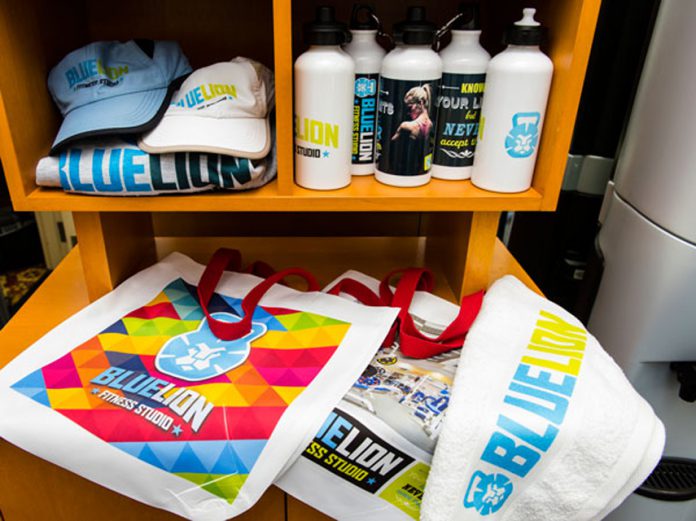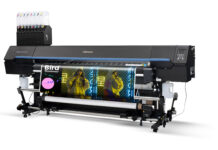For many people, starting a dye sublimation product decorating business is an exciting prospect. Taking a strategic approach to setting up your business is key to recouping your investment quickly and launching a path to success. Sawgrass Education Manager Jimmy Lamb outlines six steps that those who are interested in starting a new sublimation business should follow when getting into sublimation.
Step 1: Plan
Before you start conducting market research, some general planning is needed to determine what type of business you want to create. Here are some questions to consider:
- What kind of products are you planning to sell?
- What kind of demand is there for them
- How do you plan to sell your products?
- What kind of space will you need to make and/or sell your products?
- What kind of budget do you have to invest in start-up expenses?
- How long will it take to recoup your initial investment?
- What kind of production schedule do you need to have to sustain and grow the business
Step 2: Research
There are several types of sublimation printers, heat presses, papers, substrates, accessories and other essentials for building a sublimation studio. There are also computer systems, workspace, storefronts, Web sites, licensure, software, accounting, and many other business-related necessities that you need to invest in to launch your new business.
The next step is to determine exactly what you need to establish a startup.
Research is key here, whether it’s learning about all the supplies in the marketplace or finding out what kinds of certifications, licenses and insurance you need to operate as a business in your area. Spend as much time as you need getting the right answers that fit your business.
SawgrassInk.com has lots of information that may help with BusinessBuilder Resources, the Sawgrass Solutions page, and the new Complete Guide to Sublimation Success.
Joining online forums and discussion groups, speaking with others in the industry, attending a tradeshow, and contacting dealers about their products are all additional steps you should take as you conduct your research.
Step 3: Invest
Now that you know what you want to purchase, it’s time to make your investment. Work with authorized Sawgrass dealers for purchasing your sublimation printers. Dealers can help you with getting heat presses, substrates, paper, samples, heat tape and just about anything else you could need. Be sure to take advantage of promotional offers, points or loyalty programs, start-up bundles, shipping discounts, financing options, and other perks that dealers may have.
It may be tempting to purchase equipment and supplies that are off-brand or the least expensive you can find. This is a common misstep many take in the startup process. In the product decoration industry, you really do get what you pay for. It is worth it in the long-run to invest in high-quality printers, inks, presses, papers and substrates, as they will last longer and produce better, more consistent output, which reduces your waste in consumables and time.
Step 4: Experiment
Your next step after purchase is to use your equipment. It may seem intimidating to some people, when those large boxes arrive and reality hits. However, if you look at the next phase in your business as one of trial, error and refinement, some of that feeling of being overwhelmed should fade.
Work with your dealer and Sawgrass support to get your printer and software up and running. Then use them, so you can learn how the whole process of create, print and press works with your equipment. There is an art to sublimation production, and it differs slightly for every user. This is because the combination of time, temperature and pressure varies from place to place, substrate to substrate and even printer to printer and press to press.
Schedule a week or two to learn about your equipment and find the right combinations of colors, temperatures, times, and pressures that work for your products. Develop a system of production, a line of product offerings, samples, pictures, palettes, and other essentials you will need to bring your products to market.
Step 5: Refine
Once you have defined your markets, products, systems, and sales strategies, give your business a few weeks or months to test its place in the markets you’re targeting. Take a step back and look at what’s selling, what isn’t, what kind of feedback you’re getting and what options you may not have considered. Maybe there is more demand for personalization, and less for off-the-shelf designs. Maybe you’ve found more success making sales locally than through e-commerce. Based on these findings, continue to refine your approach to sales and product development.
Step 6: Evaluate
After six months, evaluate where your business is at, and where you want it to be at the end of your first year. Ask:
- Have I made back my initial investment? If no, why, and what can you do to make this happen faster?
- Are my profits satisfactory or am I constantly trying to keep up with expenses? If the answer to the latter is yes, you may have to re-evaluate your pricing strategy to ensure you are turning enough profit to pay everything—including yourself.
- How much of my markets am I reaching? Is this enough, or do I need to figure out ways to capture more market share?
- Are there additional opportunities in my markets that I would like to pursue? If so, how can I do this and is now the optimal time?
- What do I want my business to look like at the end of the year, in terms of size, revenue, reach, etc.?
- What goals do I want to have accomplished by the end of the year? What goals do I want to set for next year?
- Am I happy with the business I have created?
These six initial steps are a strong guideline upon which to start your sublimation business journey. As you navigate your way through the ups and downs of business, keep these steps in mind and stick to your plans as much as possible. A strategic, disciplined approach to business building is what most often wins the day when it comes to successful startups.
For more information, visit SawgrassInk.com.











